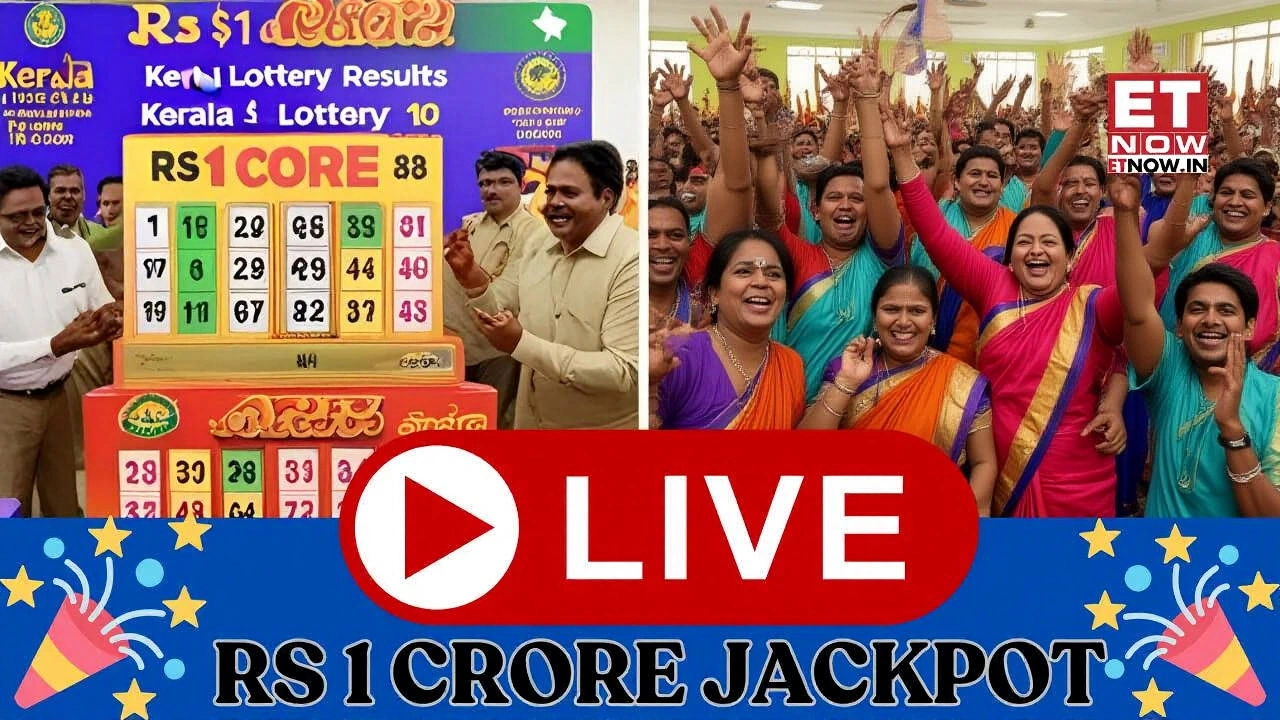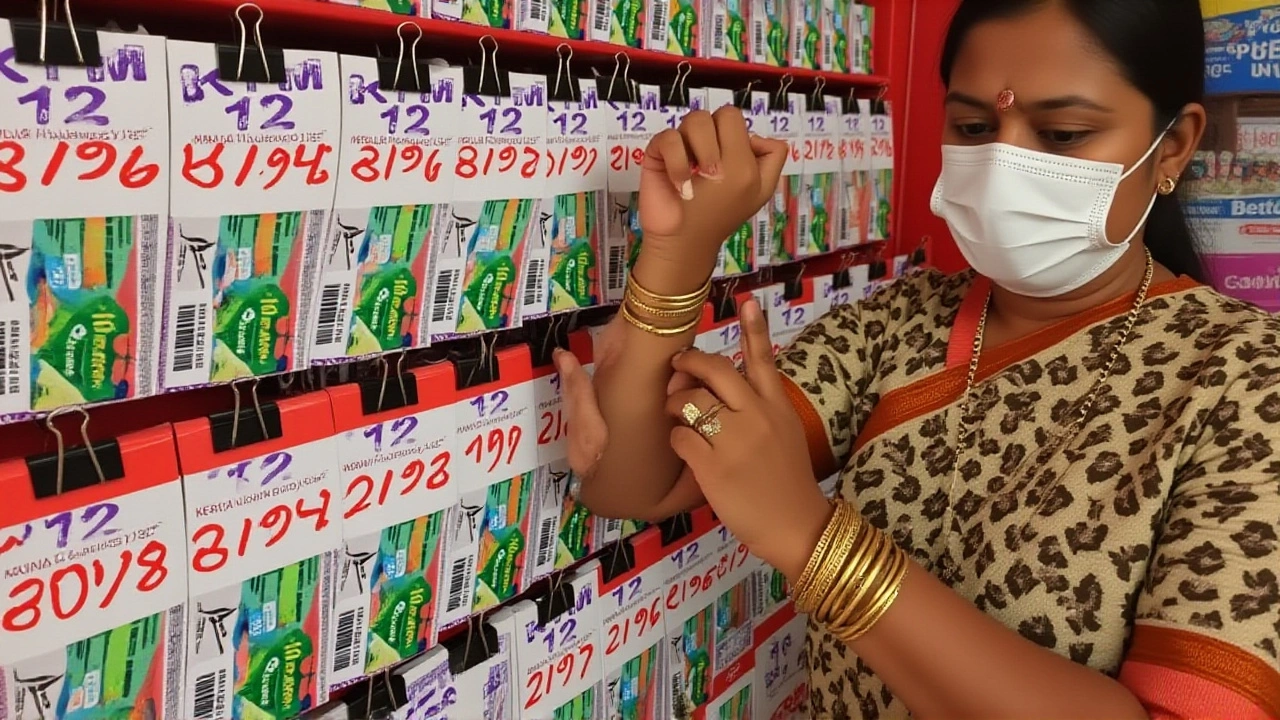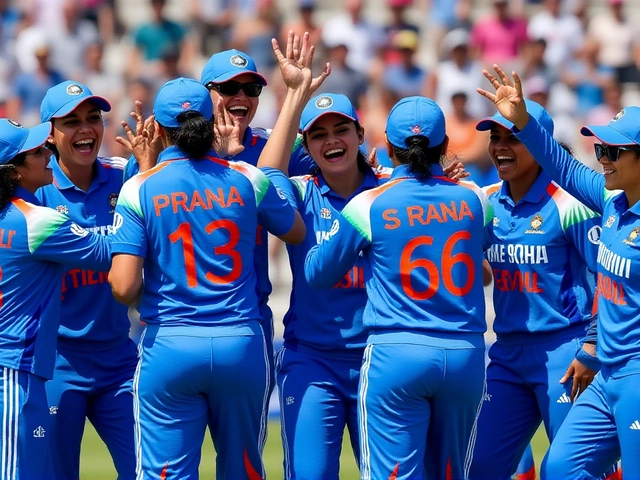On Monday, October 13, 2025, millions of mothers across India will rise before dawn to begin a day-long fast — not for themselves, but for their children. Ahoi Ashtami, a quiet yet deeply emotional Hindu observance, falls on the eighth day of the waning moon in the month of Kartik, just four days after Karwa Chauth and eight days before Diwali. Unlike the more widely televised festivals, Ahoi Ashtami unfolds in homes, not public squares — a ritual passed down through generations, whispered between mothers, and performed with the same devotion whether in a Delhi apartment or a village in Bihar.
When Exactly Should You Perform the Puja?
The Ahoi Ashtami fasting period aligns with the Ashtami Tithi, which begins at 12:24 PM IST on October 13 and ends at 11:09 AM on October 14, according to Drik Panchang (New Delhi edition). But here’s the twist: different platforms give different windows for the puja. BookMyPooja suggests 5:40 PM to 6:55 PM, while AstroSure.ai recommends 5:51 PM to 7:04 PM. MyJar.app pushes it later — 6:14 PM to 7:27 PM. Even Drik Panchang’s Chicago edition, catering to the Indian diaspora, lists 6:12 PM to 7:29 PM. The broadest window? Astrology.com says any time between 4:00 PM and 8:00 PM is acceptable. So which one do you follow? Most families stick to their regional tradition — or their grandmother’s word.
Star Sighting: The Real Moment the Fast Ends
The fast is broken not by the moon — though some do wait for it — but by the first visible star. And this is where things get fascinatingly local. In Delhi, Gurgaon, and Jaipur, mothers wait until around 6:20 PM. In Mumbai, Bangalore, and Hyderabad, it’s 6:17 PM. But in Kolkata, Chennai, and Patna, the stars appear earlier — between 6:08 and 6:10 PM. In the Northeast — Guwahati, Shillong, Imphal — the first glimmer comes as early as 6:05 PM. That’s a 15-minute difference across the country. No app can replace a mother’s eyes looking up at the sky.
The Ritual: More Than a Fast — A Mother’s Prayer
Ahoi Ashtami isn’t just about abstaining from food and water. It’s a sacred act of devotion. Women begin by cleaning a wall — often near the puja area — and drawing the image of Ahoi Mata with rice paste or chalk. Some paste printed charts. An altar follows: a kalash filled with water, a diya lit with ghee, raw milk, a silver coin, and offerings of rice, sweets, and fruits. Children sit beside their mothers as the Ahoi Ashtami Vrat Katha is recited — a story of a mother who saved her son through unwavering faith. Each child is called by name during the aarti. A silent prayer. A whispered wish. One mother in Lucknow told me, "I don’t ask for A’s or promotions. I ask for them to wake up healthy. To come home safe. That’s all."
From Sons to Daughters: How the Tradition Evolved
Historically, Ahoi Ashtami was observed almost exclusively for sons — a reflection of the patriarchal norms of earlier centuries. But in the last two decades, the meaning has quietly transformed. Drik Panchang notes that today, mothers fast for all their children — sons and daughters alike. In urban centers like Pune and Hyderabad, it’s common to see families placing photos of both daughters and sons before the Ahoi Mata image. The ritual’s emotional core — protection, longevity, safety — remains unchanged. But its inclusivity now reflects modern India.

Breaking the Fast: Nirjala Vrat and the Late Moon
Like Karwa Chauth, Ahoi Ashtami is a Nirjala vrat — no food, no water. MyJar.app confirms this explicitly. The fast ends only after the first star is sighted — not the moon. Though some wait for the moonrise, it’s late: DharmikVibes blog reports it at 11:20 PM IST, while AstroSure.ai says 11:45 PM. (One source, MyJar.app, oddly lists 12:00 PM — likely a typo.) By the time the moon rises, most children are asleep. The real moment is twilight — when the sky turns indigo, the stars blink awake, and mothers, weary but radiant, break their fast with a sip of water and a date. Sometimes, they feed their children first.
Why This Matters Beyond Religion
Ahoi Ashtami isn’t just about faith. It’s a cultural anchor. In a world where children are glued to screens and parents are stretched thin, this day forces stillness. It’s a pause — a mother’s quiet rebellion against the rush. It’s a reminder that love, in its purest form, is often silent. It doesn’t need hashtags. It doesn’t need applause. It needs a drawn image on a wall, a flickering diya, and the courage to fast for someone else’s well-being. In North India, where the festival is most prominent and locally called Ahoi Aathe, it’s woven into the rhythm of life. But increasingly, families in Kerala and Tamil Nadu are adopting it too — not because their ancestors did, but because they want their children to know what it means to be loved this deeply.
Frequently Asked Questions
Is Ahoi Ashtami only for mothers with sons?
No. While historically observed for sons, modern practice includes prayers for all children — daughters and sons alike. Organizations like Drik Panchang confirm this shift, especially in urban areas where gender-neutral parenting is more common. Many families now place photos of both children before the Ahoi Mata image during the ritual.
Can I break the fast if I see the moon instead of stars?
Traditionally, the fast ends after sighting the first star, not the moon. The moon rises after 11:20 PM, making it impractical for most families. While some women wait for the moon as a symbolic gesture, the authentic practice — as documented by DharmikVibes and Drik Panchang — relies on star sighting in twilight, typically between 6:05 PM and 6:20 PM depending on location.
What if I can’t perform the full ritual due to work or health?
The essence of Ahoi Ashtami is intention, not perfection. If you’re unwell or working, you can offer a simple prayer with a lit diya and a glass of water. Many women today use printed Ahoi Mata charts instead of drawing them. The key is sincerity — not the scale of the ritual. Even a quiet moment of reflection counts.
Why do timing sources vary so much across platforms?
Differences arise from varying astronomical calculations — some use local time zones, others use sidereal time or different calculation methods (like Lahiri vs. Raman). Drik Panchang, AstroSure.ai, and BookMyPooja use distinct algorithms. Regional temples often follow local panchangam traditions. For most families, following their community’s established timing is more important than chasing the "most accurate" one.
Is Ahoi Ashtami celebrated outside India?
Yes, especially among the Indian diaspora in the US, UK, Canada, and Gulf countries. In cities like Chicago, Toronto, and Dubai, community centers organize group pujas. Drik Panchang even provides regional timings for overseas locations. The rituals remain the same, though some adapt by using digital Ahoi Mata images or holding the fast during local evening hours.
How does Ahoi Ashtami compare to Karwa Chauth?
Both are Nirjala fasts observed by mothers for their children’s wellbeing, occurring close together in the calendar — Karwa Chauth in Kartik Krishna Chaturthi, Ahoi Ashtami on Ashtami. But Karwa Chauth is more public, often involving sargi meals and evening gatherings. Ahoi Ashtami is quieter, more intimate, centered on home rituals and storytelling. It’s less about spectacle and more about soul.



